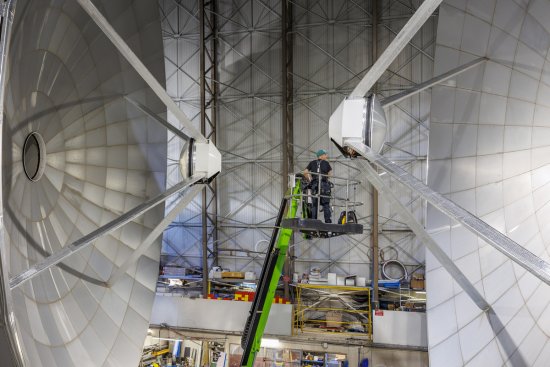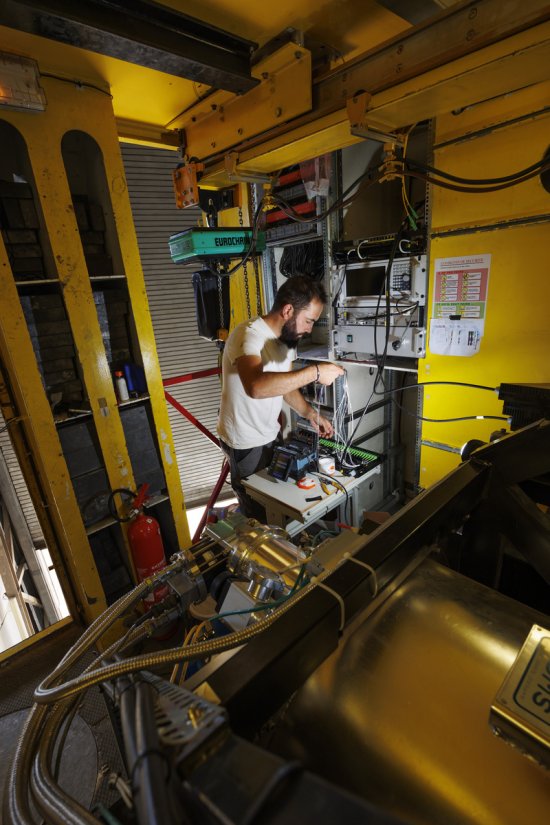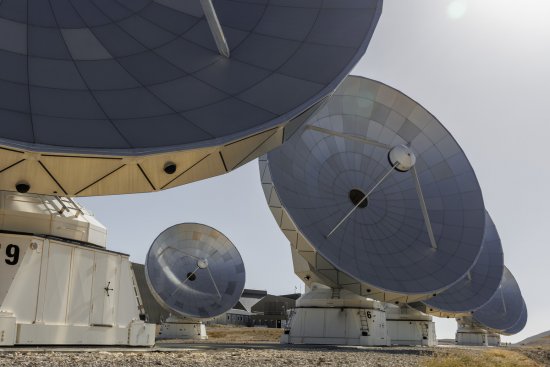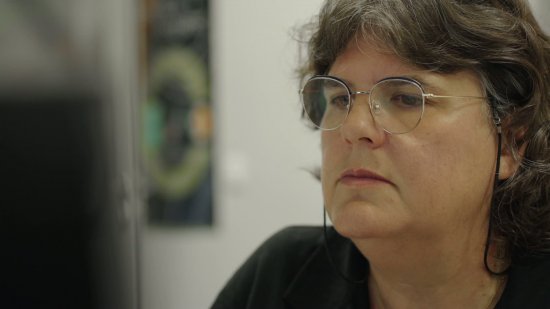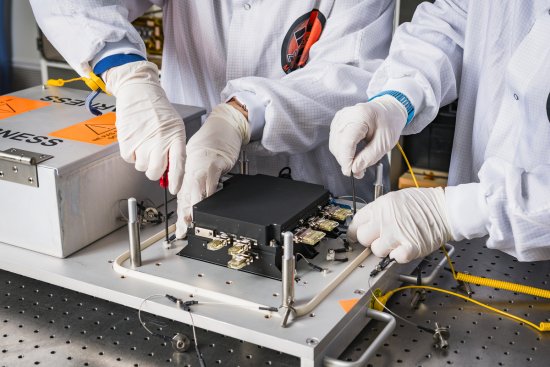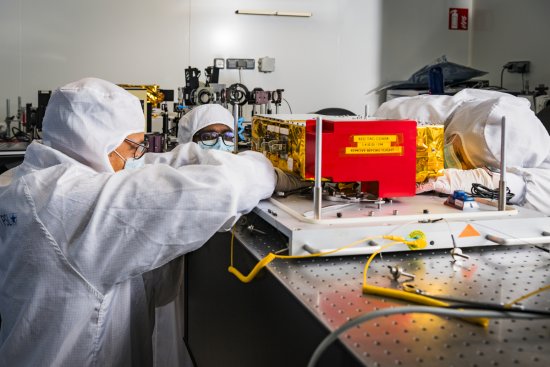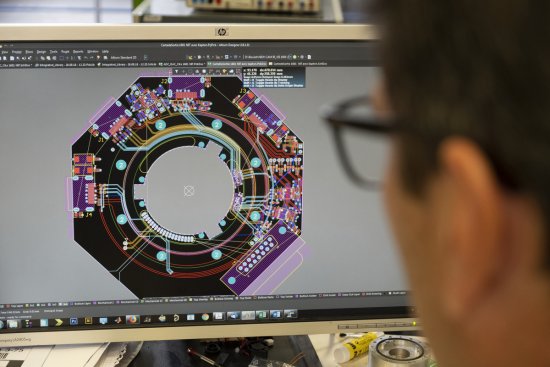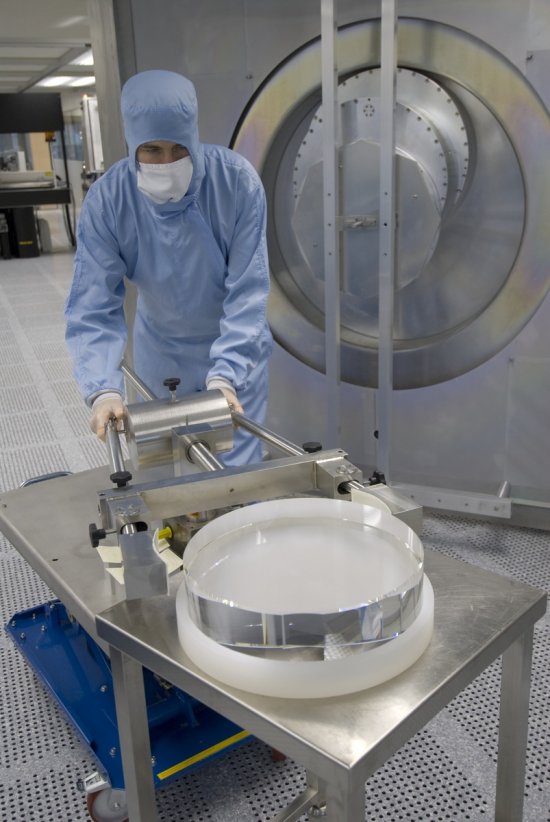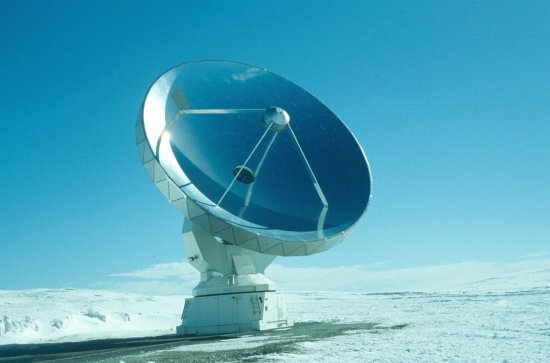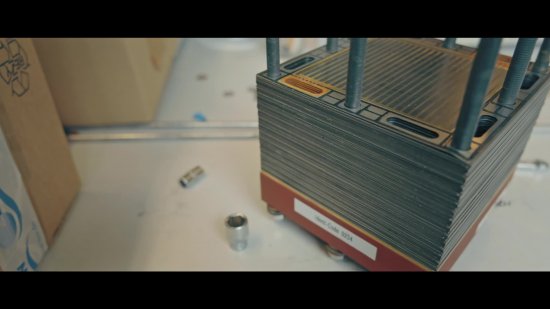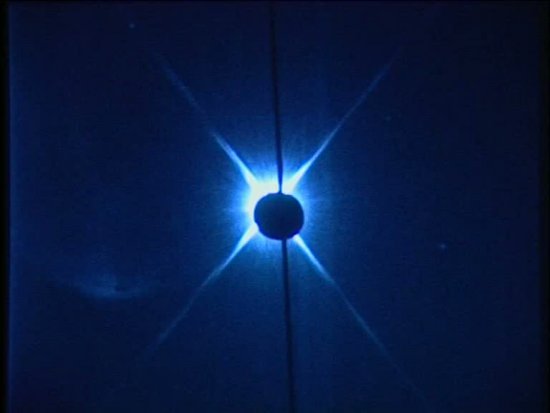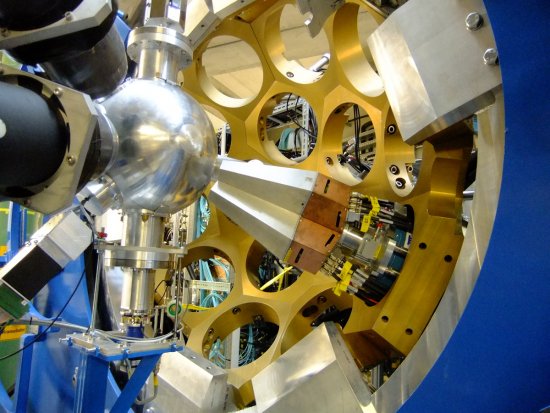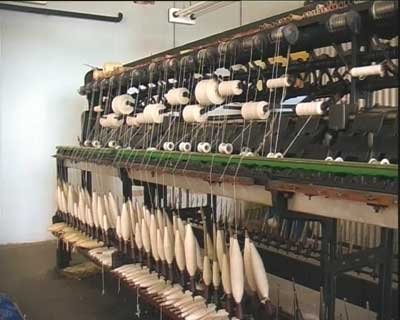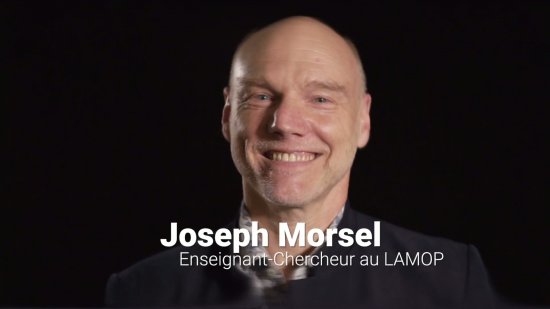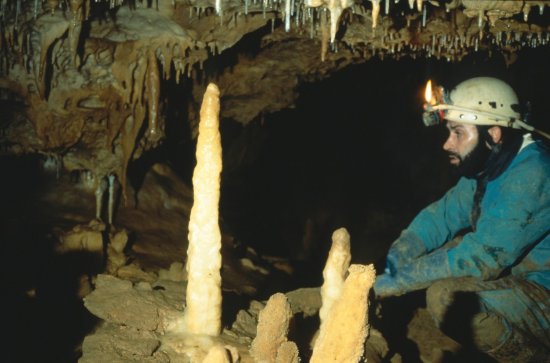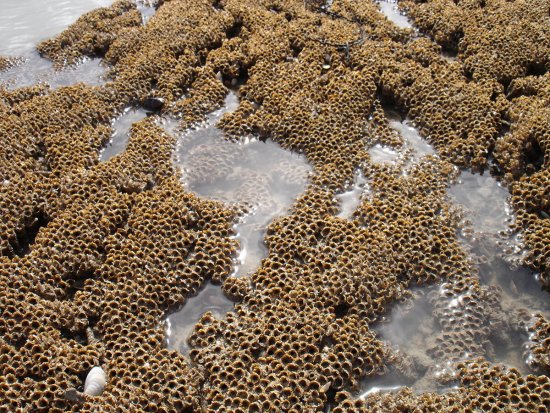© CNRS Images / CRAL / Astronef - 2017
Reference
6300
MUSE, the Cosmic Time Machine
Within 35 minutes the film explores the inspiration and the story behind MUSE, why it was needed how it came into life over a nine year long development phase. It highlights the needed international European cooperation to realise the project and the participation of some of the hundreds of researchers, technicians and engineers involved. The innovative technology of MUSE and the front-line science done with it are discussed as well. Also the delicate installation process and the moment of first light of the instrument get their place in the film.
MUSE, a novel state-of-the-art integral field spectrograph, is one of the most ambitious astronomical projects of our time. It saw first light in January 2014 (eso1407) and uses 24 3D spectrographs, obtaining spectra over wide areas of the sky and a large range of wavelengths, from blue to infrared. Each of the 24 data “cubes” produced by MUSE in one observation is so rich in information that researchers need many months to fully analyse its contents and publish the results.
With instruments like MUSE, employing cutting-edge technology, ESO remains at the forefront of astronomical research. Since MUSE's conception, astronomers have been able to study the Universe in more detail than ever before. In fact, there is no instrument currently available that is better suited to observing the faintest of galaxies in the very distant Universe and it will undoubtedly produce results of outstanding quality in the next decades.The film project was led by Roland Bacon, Principal Investigator of the MUSE project. (Résumé ESO)
Duration
Production year
Définition
Color
Sound
Version(s)
Original material
The use of media visible on the CNRS Images Platform can be granted on request. Any reproduction or representation is forbidden without prior authorization from CNRS Images (except for resources under Creative Commons license).
No modification of an image may be made without the prior consent of CNRS Images.
No use of an image for advertising purposes or distribution to a third party may be made without the prior agreement of CNRS Images.
For more information, please consult our general conditions

